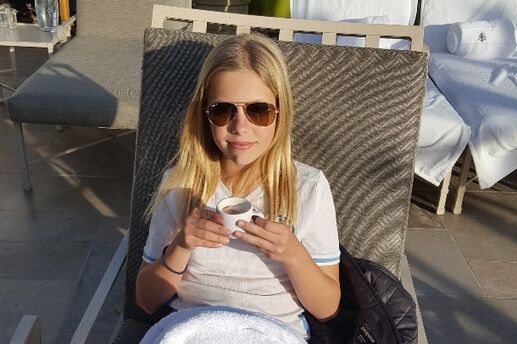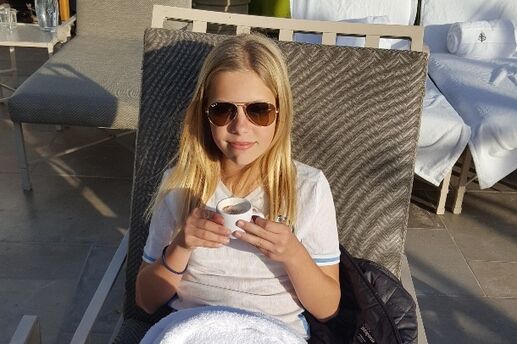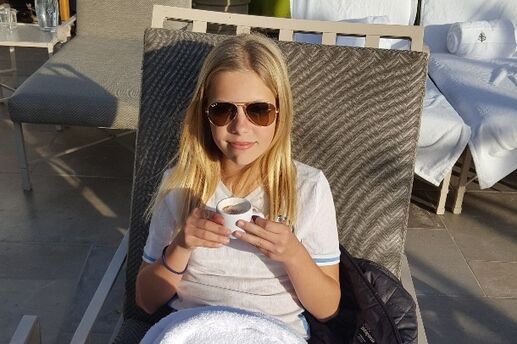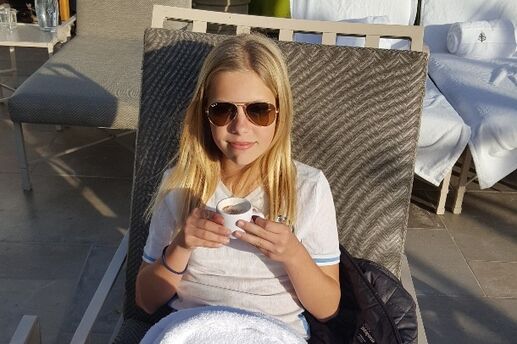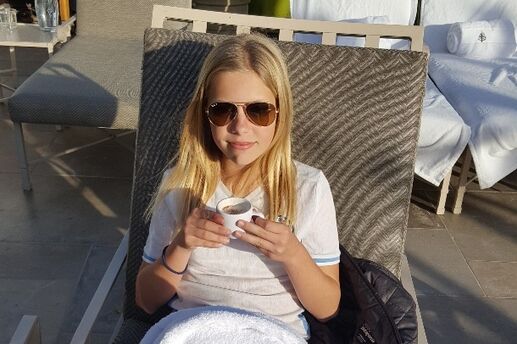Shampoo Secrets
Take a stroll down the hair care aisle at your local drugstore and you'll find dozens of shampoos for every type of hair. “Not all shampoos are alike -- there really is a big difference between products designed for different hair types, or to achieve different looks," explains leading hair care research scientist Steve Shiel, a Pantene hair care expert who holds a doctorate in organometallic chemistry."Shampoos contain different types and levels of active ingredients, designed to provide conditioning, detangling, volume and many other benefits to get healthy hair."
Don’t simply reach for the prettiest bottle. Instead, think about both what type of hair you have -- fine, coarse, curly, color treated -- and what you are trying to achieve with your overall style.
Thin, Fine Hair
Styling product residue, dirt from the environment and excess hair oils can easily weigh down thin, fine hair, causing your locks to appear limp and lifeless. A daily volumizing shampoo can do wonders, leaving hair clean while providing a thicker, fuller appearance. The weekly use of a clarifying shampoo will help you avoid excessive product buildup.
Thick Tresses
Thick hair can easily become dry and dull, so a moisturizing shampoo is essential for maintaining beautiful tresses. Go easy on the amount of shampoo you use; the size of a quarter is a good guideline since thick hair is very porous and easily absorbs products. To eliminate the buildup that often accompanies this absorbent hair type, use a clarifying shampoo once a week that is designed to remove residue.
Curly Hair
Managing curly hair can be a challenge, especially since it has a tendency to look dry and dull. The first step to taming your curls is a gentle hydrating shampoo specially formulated for curly hair.
Make sure you also use the right shampooing technique. Squeeze about a quarter-size dollop of shampoo into your palms, and gently massage your scalp, never using your fingernails. Then, work the shampoo to the ends and rinse with cold water.
Colored or Highlighted Hair
Shampoos specifically designed for color-treated hair work to replenish the protective lipid layer on the hair shaft that is weakened by hair dye. Dr. D'Anne Kleinsmith, a dermatologist in West Bloomfield, Mich., suggests staying away from shampoos containing sulfates like sodium lauryl sulfate (SLS), which is used to create lather. “These sulfates can remove color more quickly than a sulfate-free shampoo,” she says.
Instead, opt for a color-enhancing shampoo, which can impart a little color between treatments. Be cautious when selecting the shade of your color shampoo, warns Claudio Lazo, owner of C the Salon in Studio City, Calif. A red stain on blond hair can turn your hair pink, and blond pigments on brown locks may yield lackluster results.
Now that you know how to pick the shampoo that’s right for you, here’s advice on how to use it.
Shampooing Tips
If you start your day with a grueling spinning class, you may want to shampoo daily. If, however, extending the life of a labor-intensive blowout is your goal, you’ll want to opt for a less-frequent shampoo schedule. Just be sure to wash your hair before it gets too dirty, as particles of grime can damage your hair during combing.
You don’t need to worry about harming your hair with daily washing. "Shampooing will not in itself damage the hair, since modern shampoos do not lift the cuticle," explains John Gray, author of The World of Hair Colour. "Harsh shampoos were used in the past, and acute and irreversible tangling or matting sometimes followed shampooing. This kind of matting is seldom seen nowadays, since most modern shampoos contain conditioning agents that protect hair."
When you are ready to lather up, focus first on the scalp, hairline, behind the ears and around the temple, because that's where the concentration of your hair's sebum -- or oils -- can be found. Then continue shampooing downward to prevent the hair cuticles from opening, which can cause split ends. Kleinsmith recommends shampooing with warm water, as hot water can be drying. And never pull, tug or scrub wet hair. Instead, use your fingertips to distribute the shampoo.
One application of shampoo is generally enough to remove oil, dirt and residue from the hair fiber. However, Shiel suggests that those who use a lot of styling products -- particularly waxes and pomades -- may want to rinse and repeat to reduce buildup.
Photo: @iStockphoto.com/LeggNet



